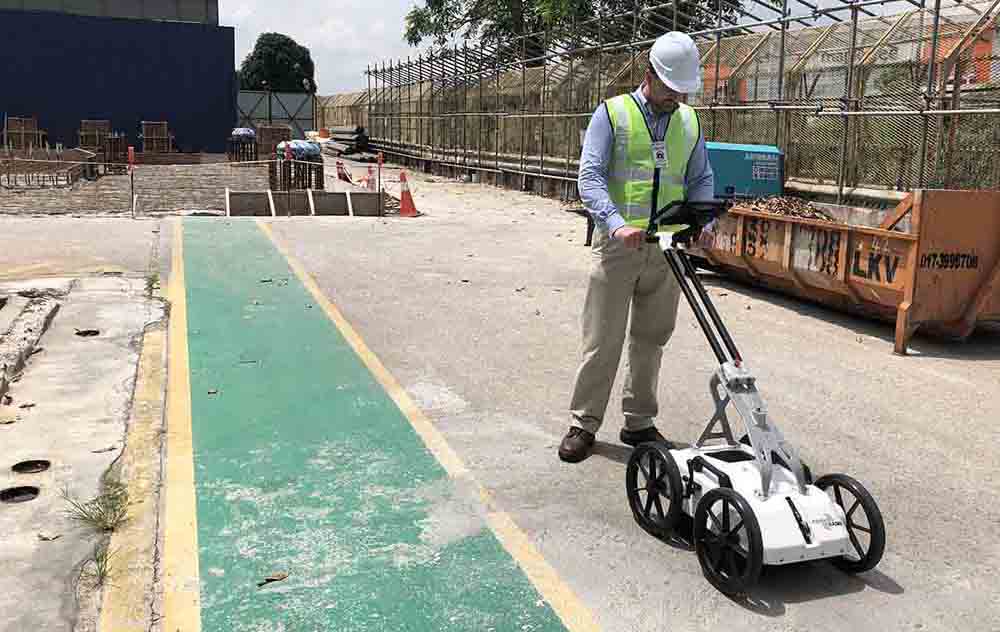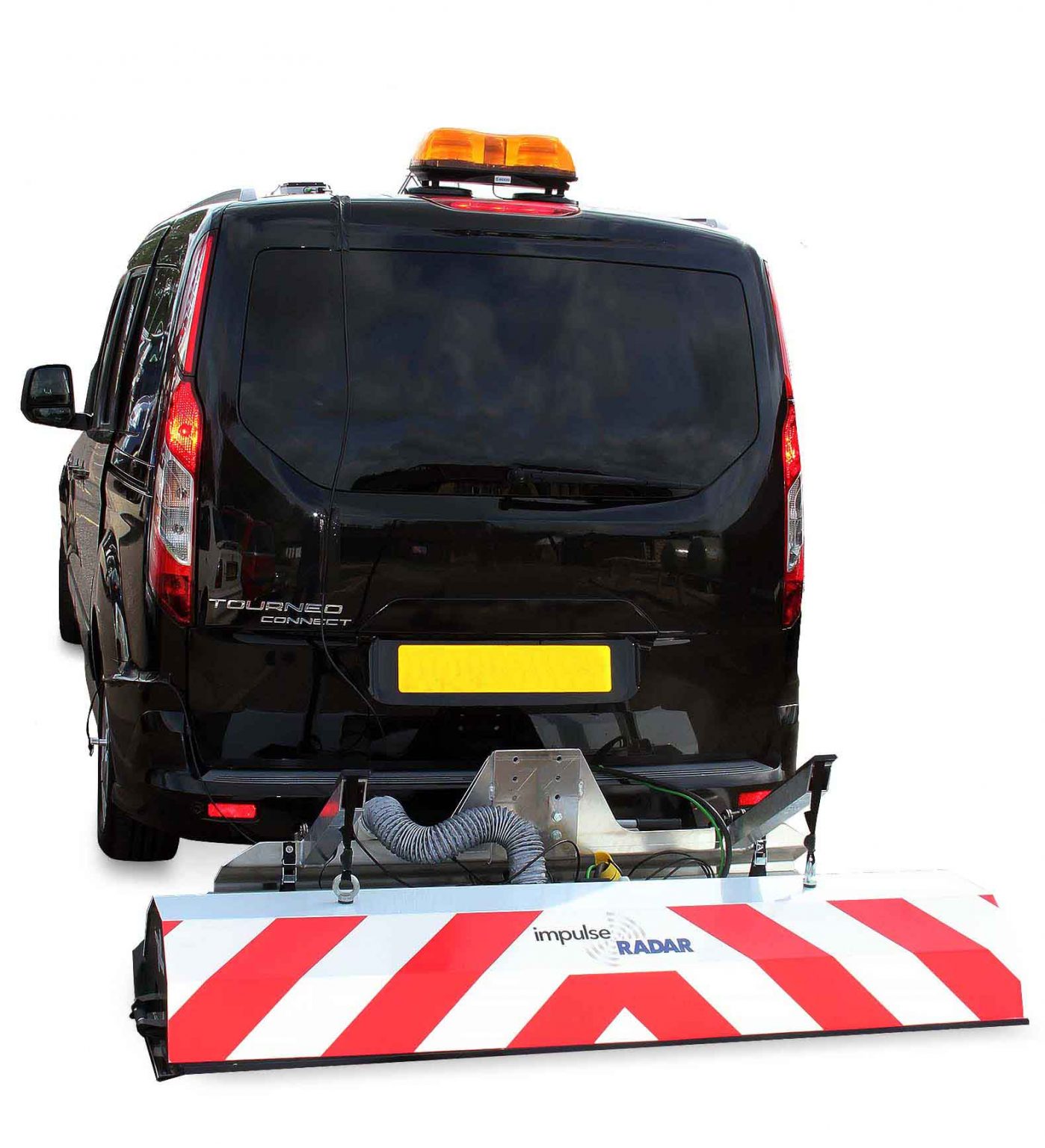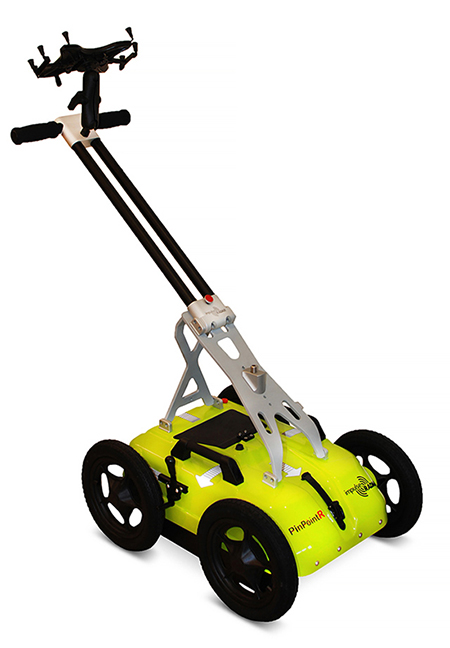Infrastructure
What is infrastructure?
Infrastructure refers to a set of systems and services that enable a country or region to operate successfully. The infrastructure we come across in our daily lives includes physical features we can travel on or through such as roads, railways, bridges, and tunnels. It also extends to the network of buried utilities, such as electricity and telecommunications lines, water supply and gas pipelines, drainage and sewers.
Infrastructure forms the backbone of modern economies, and there is a dualistic relationship between the two. Investment in infrastructure drives economic growth, which in turn results in changes to the demands on infrastructure. Consequently, increasing value is placed on managing and maintaining existing infrastructure assets, as well as planning new developments.






